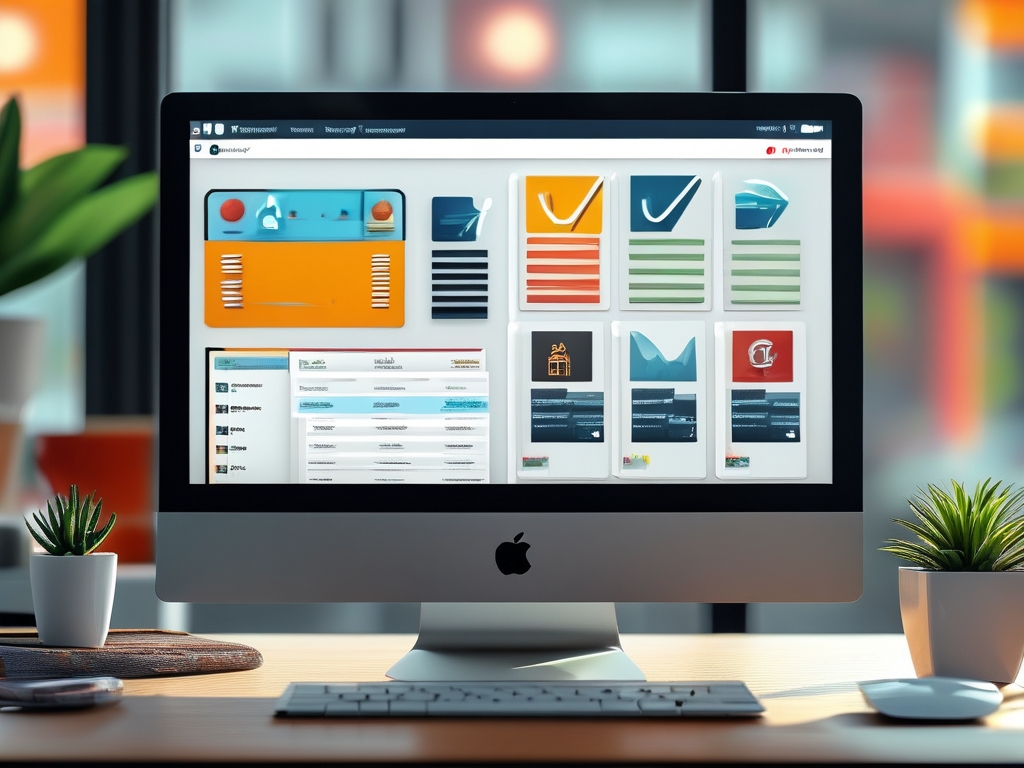In today's fast-paced software development lifecycle, UI automation has become a cornerstone for ensuring application quality, reducing manual effort, and accelerating release cycles. However, deploying UI automation effectively requires careful planning, tool selection, and integration with existing workflows. This article provides a comprehensive guide to deploying UI automation, covering key steps, challenges, and best practices.

1. Understanding UI Automation
UI automation involves simulating user interactions with an application's graphical interface to validate functionality, performance, and usability. Unlike API or unit testing, UI automation focuses on end-to-end scenarios, mimicking real user behavior. Common use cases include regression testing, cross-browser validation, and accessibility checks.
2. Choosing the Right Tools
Selecting appropriate tools is critical. Popular frameworks like Selenium, Cypress, Playwright, and Appium offer unique advantages:
- Selenium: Ideal for cross-browser testing with support for multiple languages.
- Cypress: Known for its fast execution and built-in debugging capabilities.
- Playwright: Supports modern web apps and multiple browsers with a single API.
- Appium: Specializes in mobile app automation. Evaluate factors like ease of integration, community support, and compatibility with your tech stack.
3. Setting Up the Environment
Before writing tests, configure the automation environment:
- Install Dependencies: Ensure required drivers (e.g., ChromeDriver for Selenium) and libraries are installed.
- Version Control: Use Git to manage test scripts and collaborate with teams.
- Containerization: Tools like Docker can standardize environments and reduce "it works on my machine" issues.
4. Developing Test Scripts
Write modular, maintainable scripts by following these principles:
- Page Object Model (POM): Encapsulate UI elements and actions in reusable classes.
- Data-Driven Testing: Externalize test data (e.g., using CSV or JSON files) to run multiple scenarios.
- Wait Strategies: Implement dynamic waits to handle asynchronous behavior and avoid flaky tests.
5. Integrating with CI/CD Pipelines
Automation must align with DevOps practices. Integrate tests into CI/CD tools like Jenkins, GitHub Actions, or CircleCI:
- Trigger Tests Automatically: Run UI tests on every code commit or nightly build.
- Parallel Execution: Split test suites across multiple machines to reduce execution time.
- Reporting: Use frameworks like Allure or ExtentReports to generate detailed test summaries.
6. Handling Common Challenges
UI automation is prone to challenges such as:
- Dynamic Elements: Use relative XPath or CSS selectors to locate elements reliably.
- Cross-Browser Issues: Leverage cloud platforms like BrowserStack or Sauce Labs for testing on diverse configurations.
- Test Maintenance: Regularly refactor scripts and update locators as the UI evolves.
7. Scaling and Maintenance
As the test suite grows, adopt strategies to scale efficiently:
- Test Prioritization: Focus on critical paths and high-risk features.
- Cloud-Based Execution: Use AWS Lambda or Azure DevOps for scalable infrastructure.
- AI/ML Tools: Explore tools like Testim or Applitools that use AI to auto-heal broken tests.
8. Monitoring and Optimization
Continuously monitor test performance:
- Flakiness Metrics: Identify and fix unstable tests.
- Execution Time: Optimize slow tests by reducing unnecessary steps.
- Feedback Loops: Share results with developers to prioritize bug fixes.
9. Security and Compliance
Ensure automation adheres to security standards:
- Data Masking: Avoid exposing sensitive information in test scripts.
- Access Controls: Restrict permissions for test environments.
10. Future Trends
Emerging trends like low-code automation platforms and visual testing are reshaping UI testing. Staying updated with these innovations ensures long-term success.
Deploying UI automation is not a one-time task but an ongoing process that evolves with your application. By selecting the right tools, integrating with CI/CD, and prioritizing maintainability, teams can achieve faster releases without compromising quality. Start small, iterate often, and foster collaboration between developers, testers, and DevOps engineers to maximize ROI.




